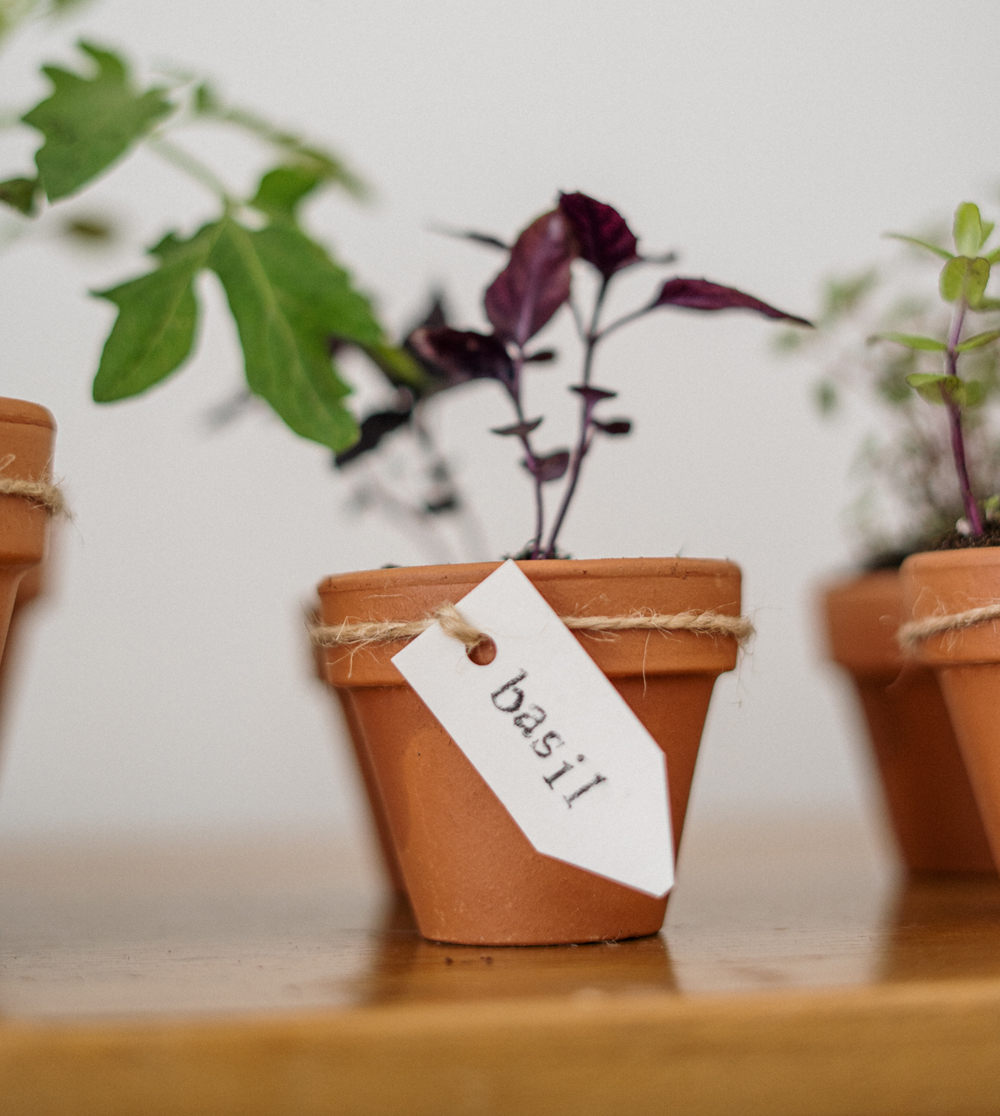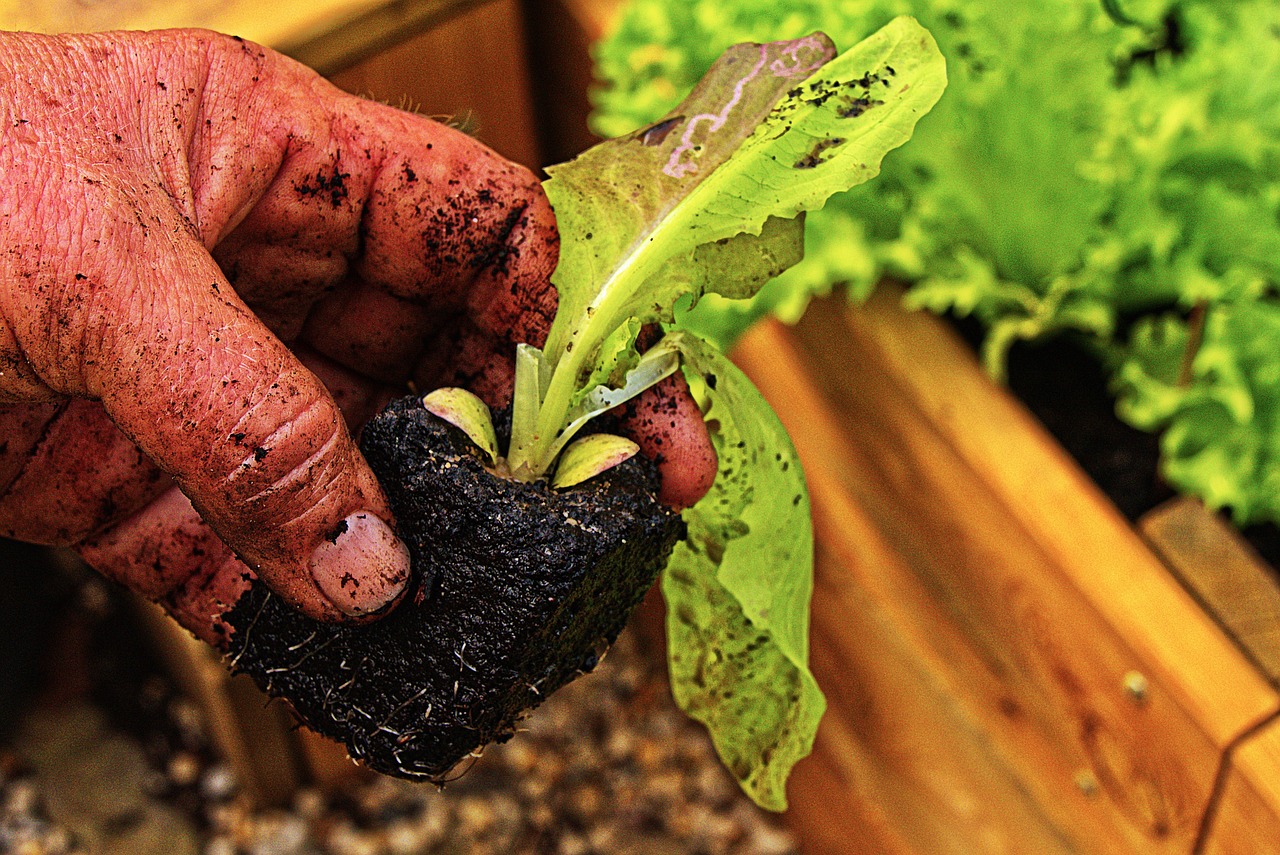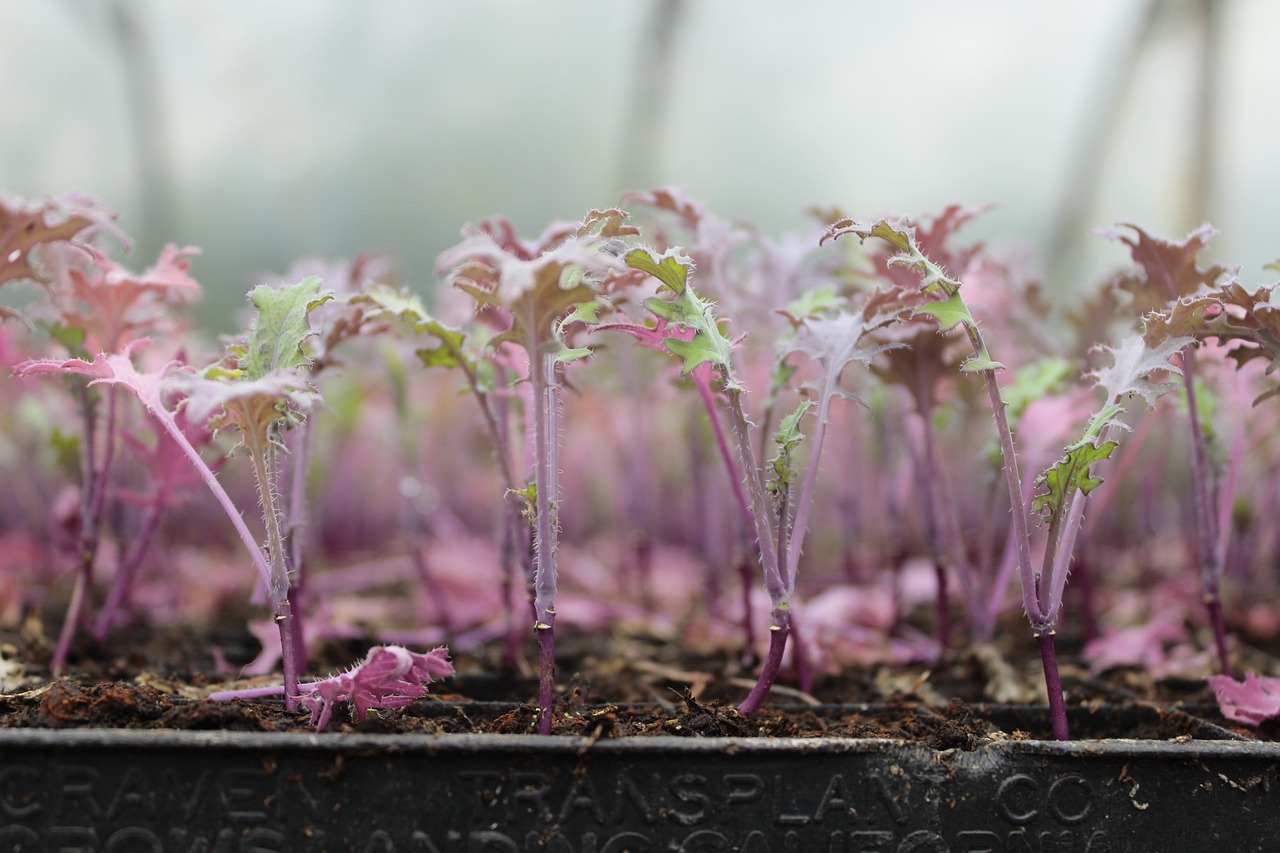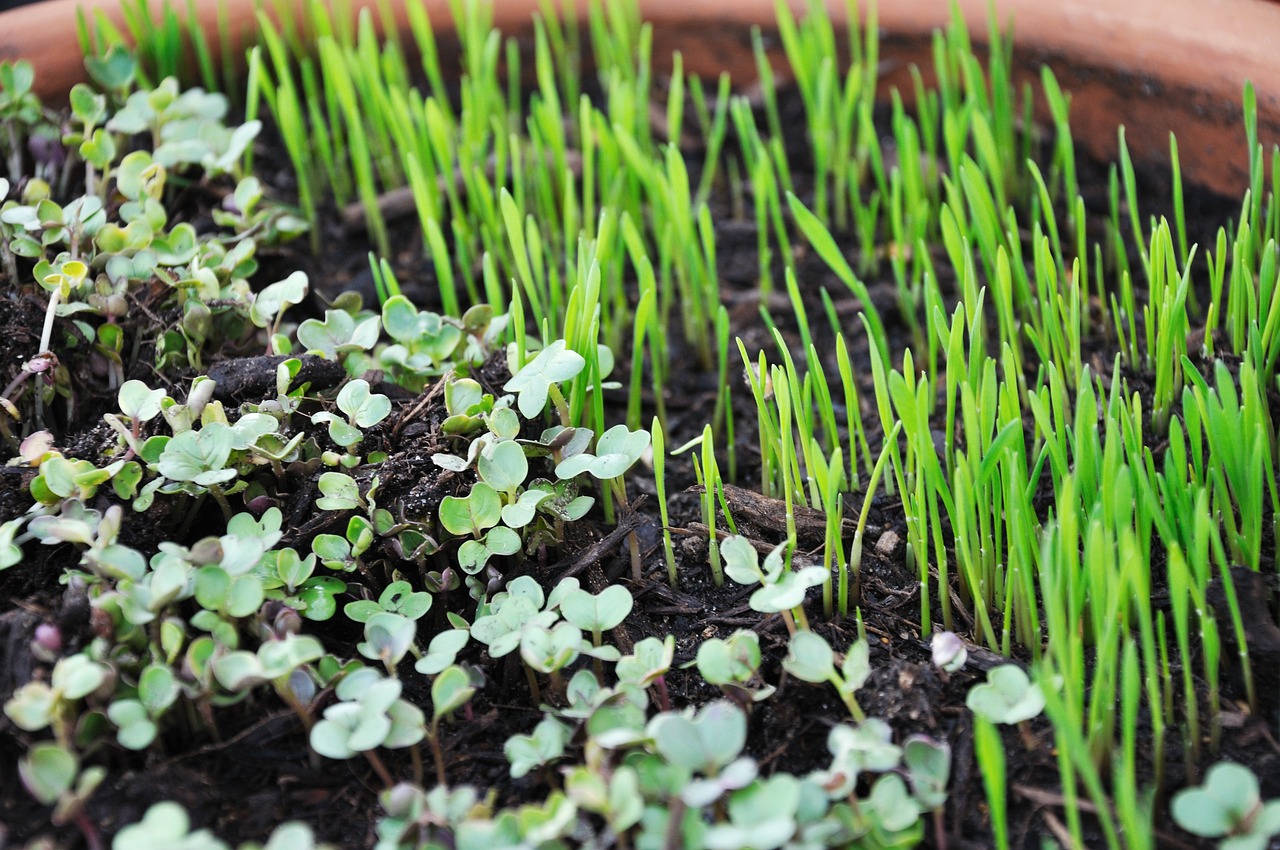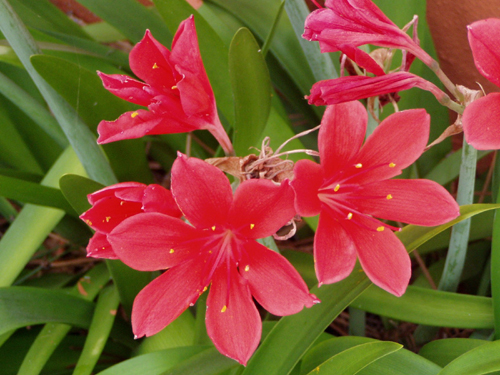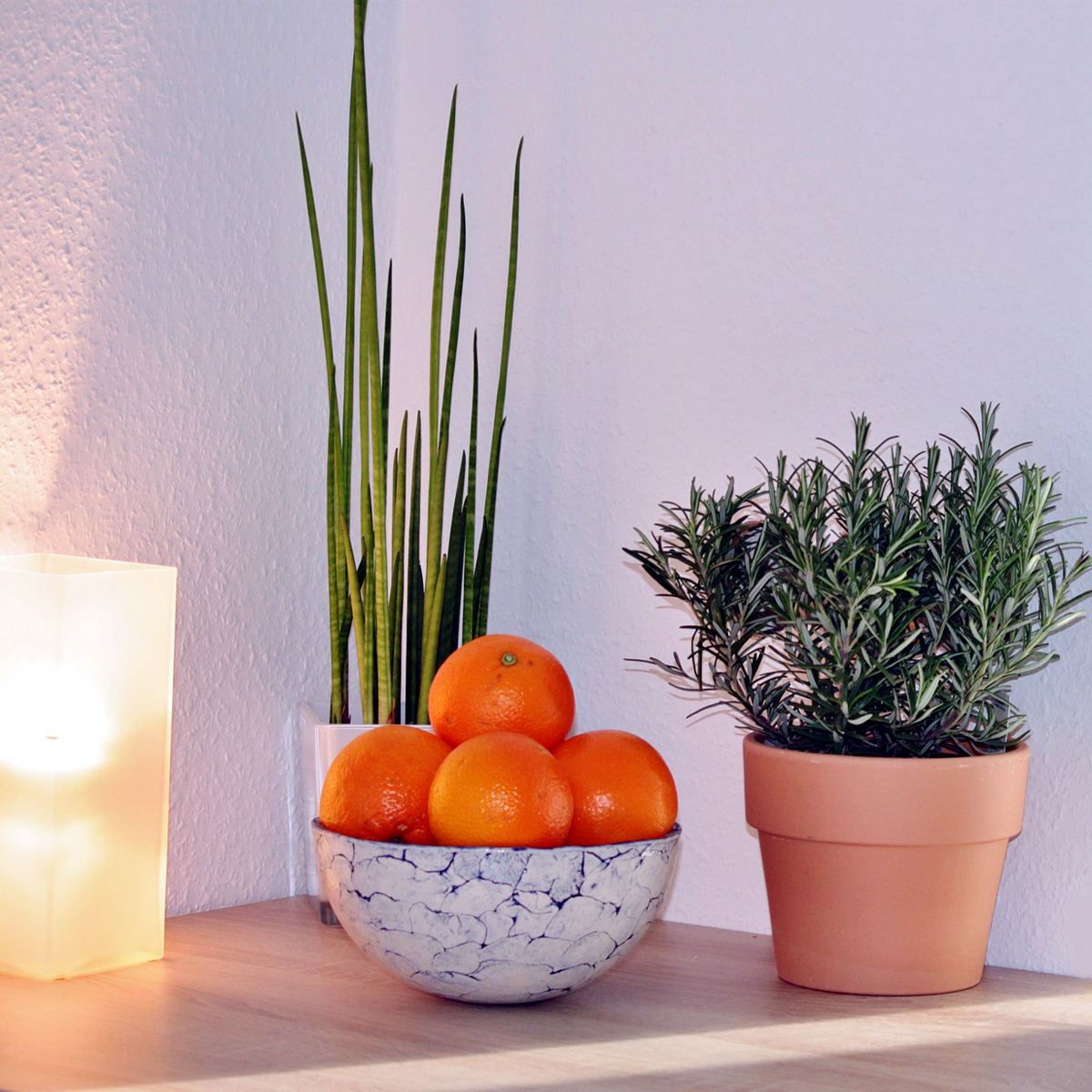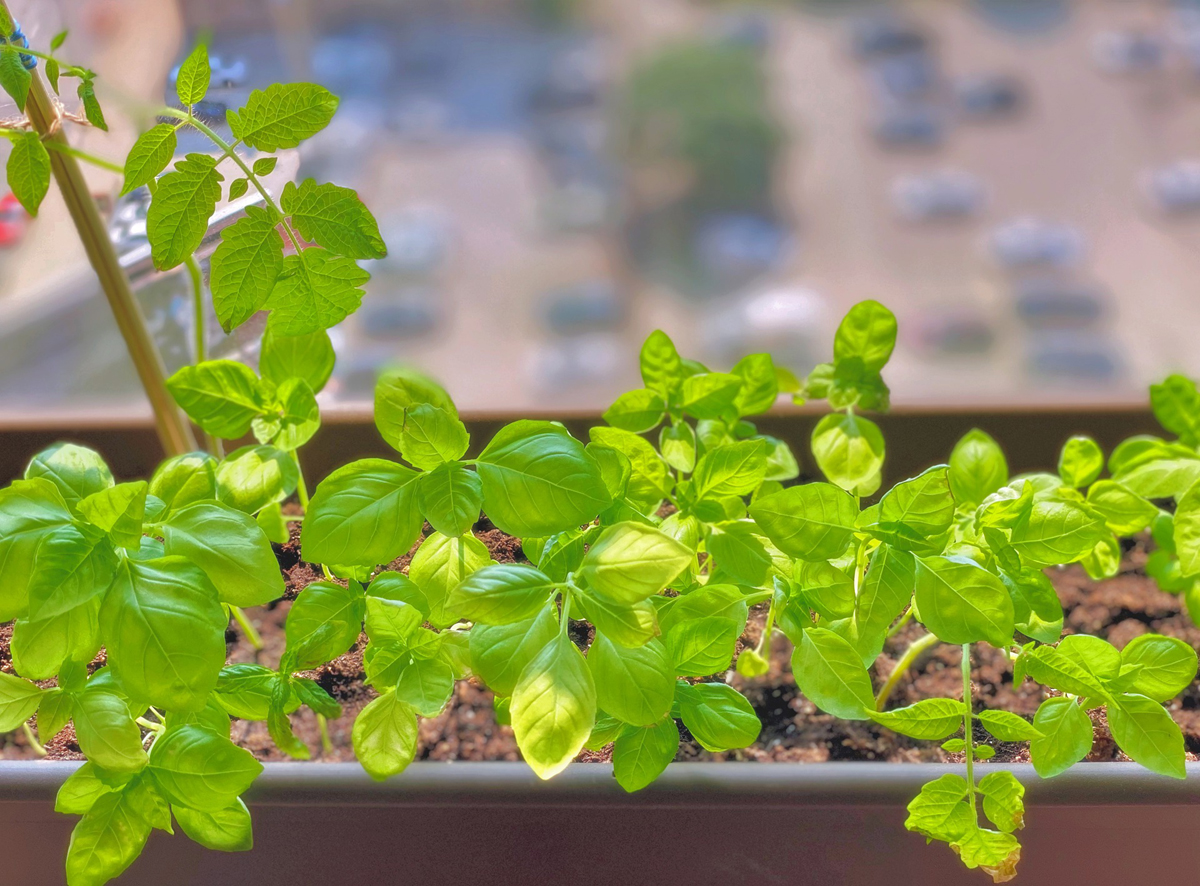Unusual Uses for Your Summer Greenhouse
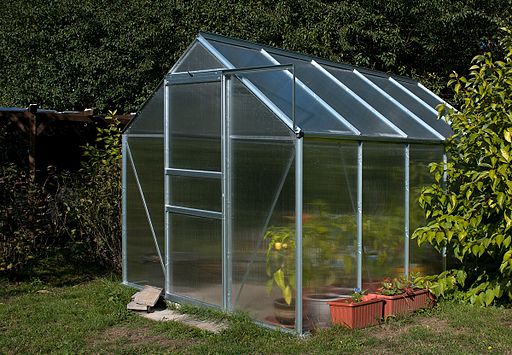
We tend to think of greenhouses as spaces devoted to growing plants, but they have other uses as well. If plants aren’t growing in your greenhouse during these hottest months of the year– or if there’s extra space among plants that are there—why not utilize this sheltered place in other ways?
Many crops we grow in the garden needs just such a location to transition between harvest and storage. There are dry beans, which I find are easiest to harvest by just pulling up the entire plant and spreading out to dry. When they have become brittle, “thresh” by placing several plants in a paper grocery bag, and shaking the bag until the beans burst out of their pods. Remove and replace them until a layer of shelled beans collects on the bottom of the bag.
Garlic–ready to harvest right now in many locales–is another crop that needs to dry. When the tops of ‘Rocambole’–or stiffneck garlic– turn mostly brown and crisp, gently pull or fork the entire plant up and wash or shake the soil off the roots. Trim roots with a sharp pair of pruning shears before spreading the garlic in a well-ventilated, dry place–like your greenhouse. After several weeks of drying, I usually trim the long “necks” off before storing my garlic inside a paper bag in a cool, dark spot. If you’re growing softneck garlic, you may want to braid the garlic together first.
When winter squash and gourds are harvested, they require a period of “curing” before winter storage. In the case of squash, this period helps the outer skin to toughen so that the interior flesh is preserved all winter. Just three or four days will usually suffice. Gourds require much longer; it can take several months for them to fully cure. But once they’re sufficiently dry, they’ll keep for decades–gourds several hundred years old have been discovered in many parts of the world.
Modify Your Wooden Garden Shed to Make Greenhouses
You can dry your own tomatoes—a few days in a sunny greenhouse should be enough for entire cherry tomatoes, or for paste tomatoes cut in half. Place on cheesecloth, or a screen or cooling rack above a baking sheet–arranged so that air can move all around them.
I think you’ll probably agree–greenhouses are wonderfully adaptable, useful spaces. Once you start looking at their potential creatively, there’s no end to the ways you can use them all year round.
The Author:
hartley-greenhouses

